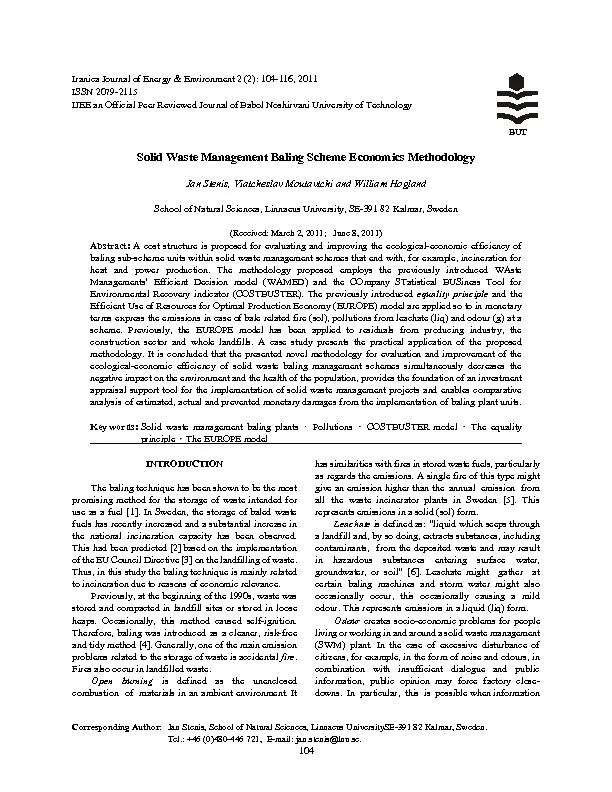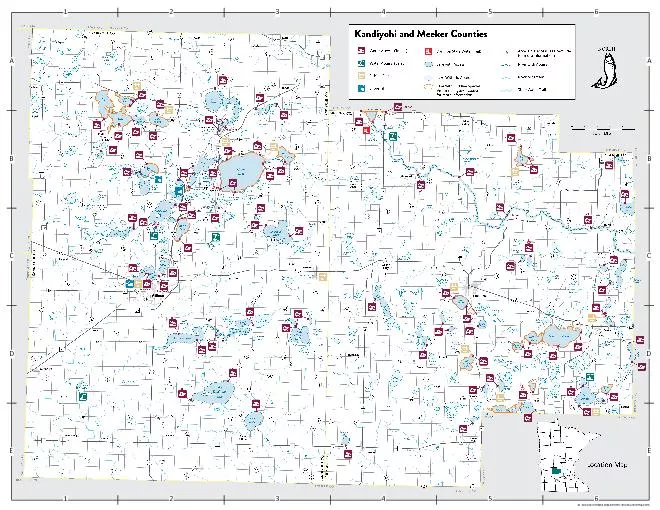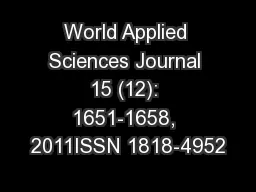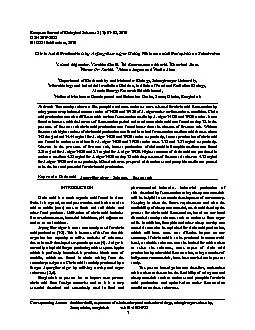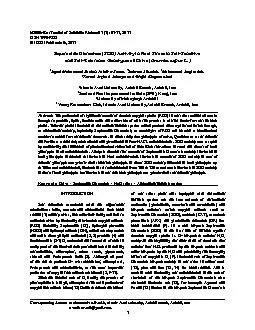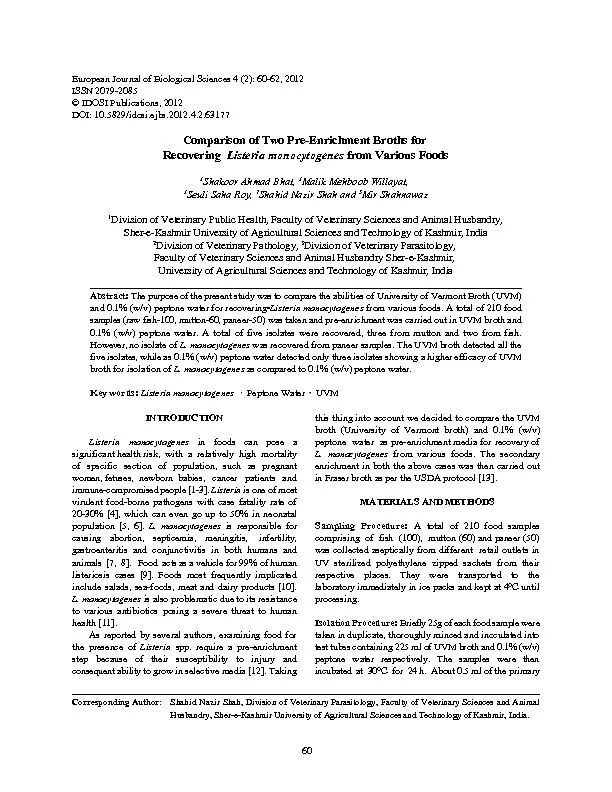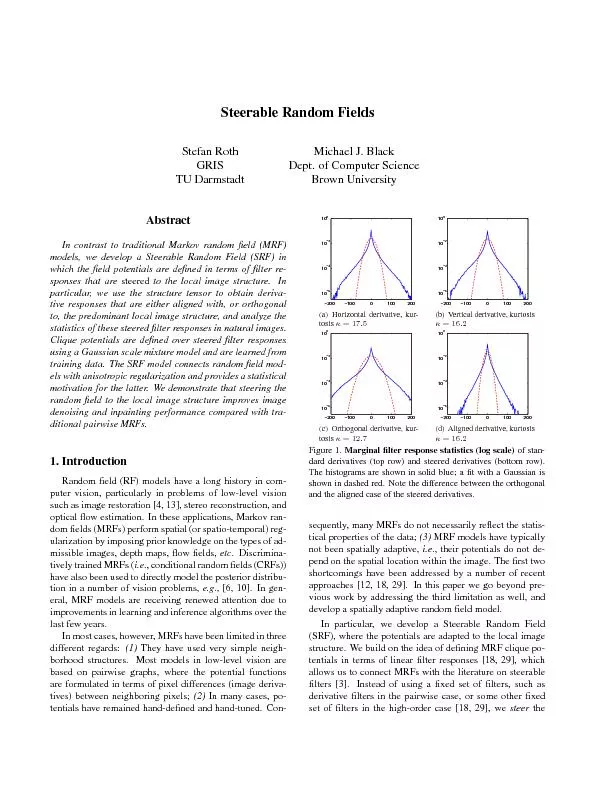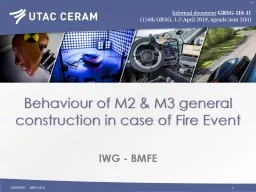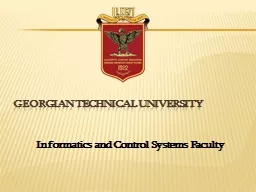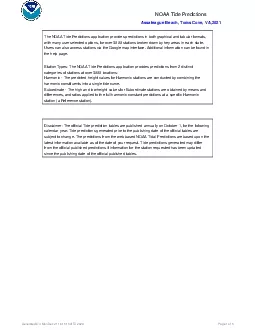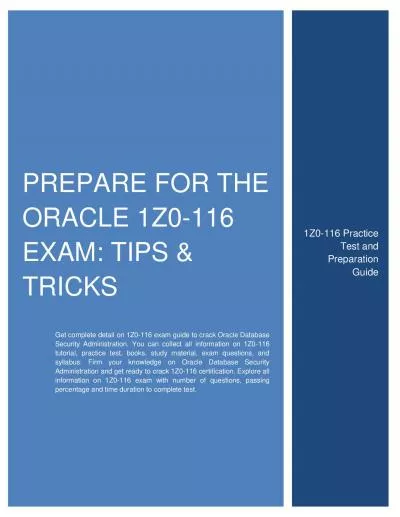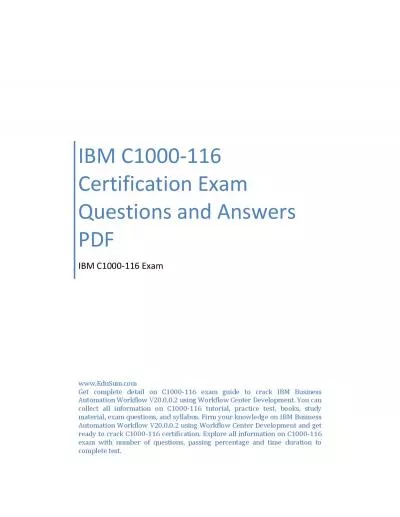PDF-Iranica Journal of Energy & Environment 2 (2): 104-116, 2011ISSN 2079-
Author : tatiana-dople | Published Date : 2016-05-12
Pollutions COSTBUSTER model The EUROPE modelINTRODUCTIONhas similarities with fires in stored waste fuels particularlyThebaling technique has been shown to be the
Presentation Embed Code
Download Presentation
Download Presentation The PPT/PDF document "Iranica Journal of Energy & Environment ..." is the property of its rightful owner. Permission is granted to download and print the materials on this website for personal, non-commercial use only, and to display it on your personal computer provided you do not modify the materials and that you retain all copyright notices contained in the materials. By downloading content from our website, you accept the terms of this agreement.
Iranica Journal of Energy & Environment 2 (2): 104-116, 2011ISSN 2079-: Transcript
Download Rules Of Document
"Iranica Journal of Energy & Environment 2 (2): 104-116, 2011ISSN 2079-"The content belongs to its owner. You may download and print it for personal use, without modification, and keep all copyright notices. By downloading, you agree to these terms.
Related Documents

